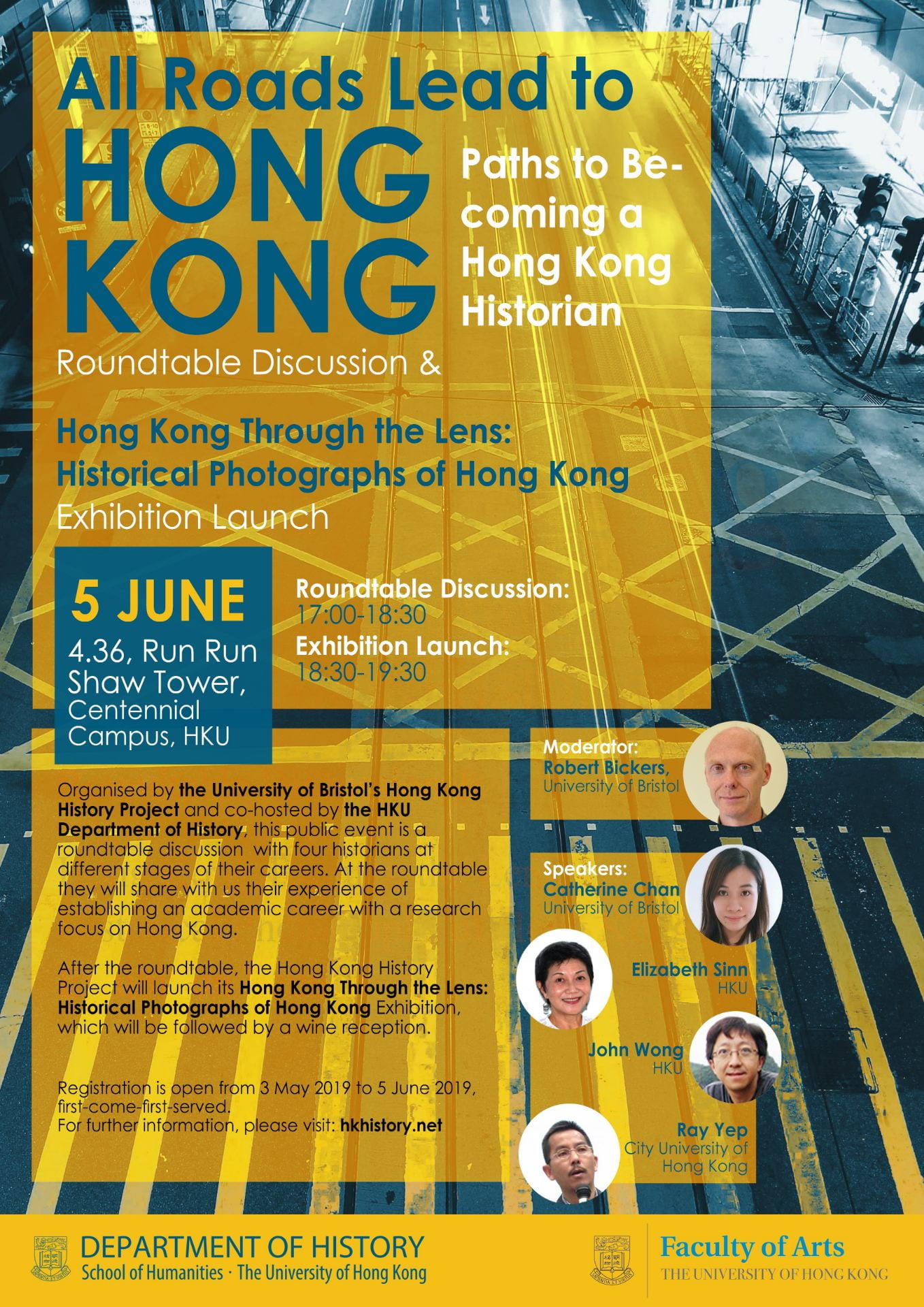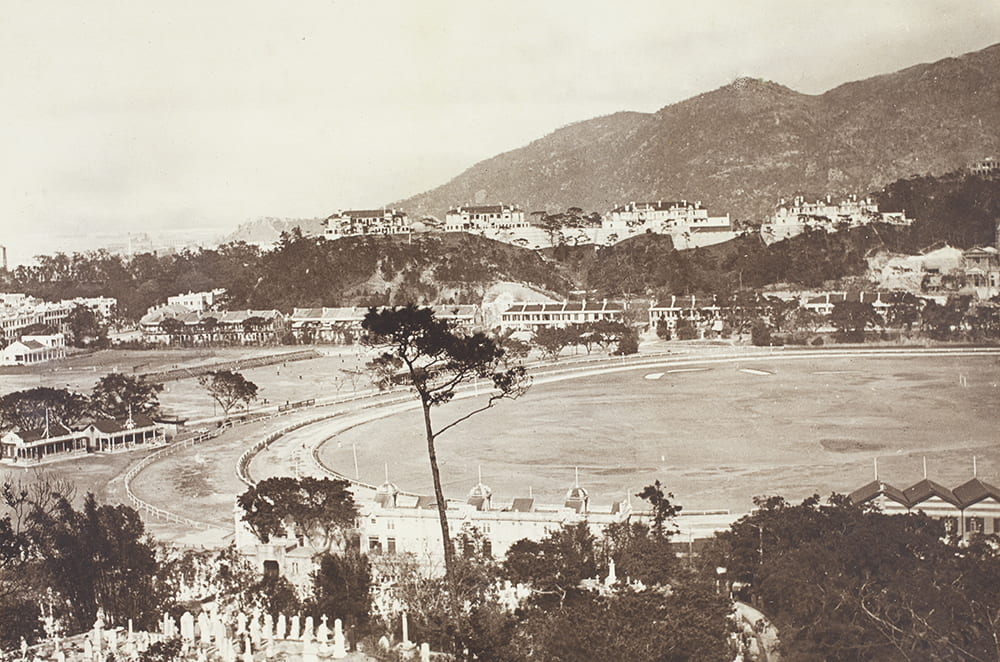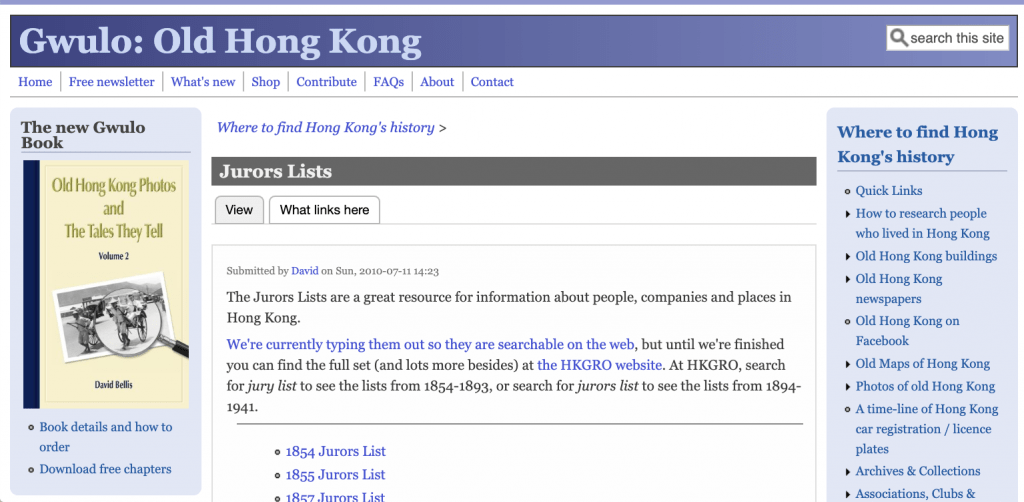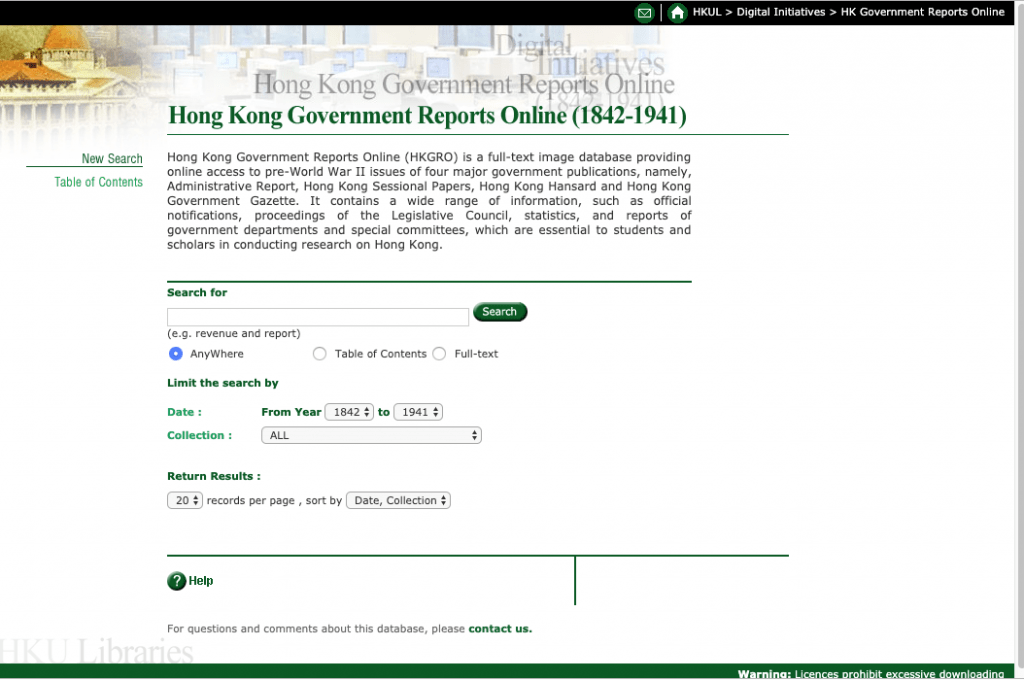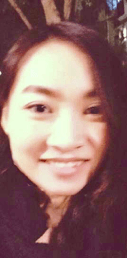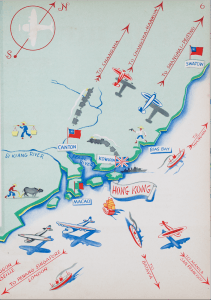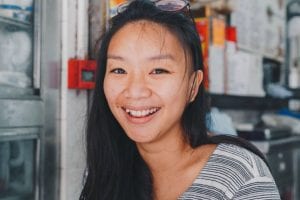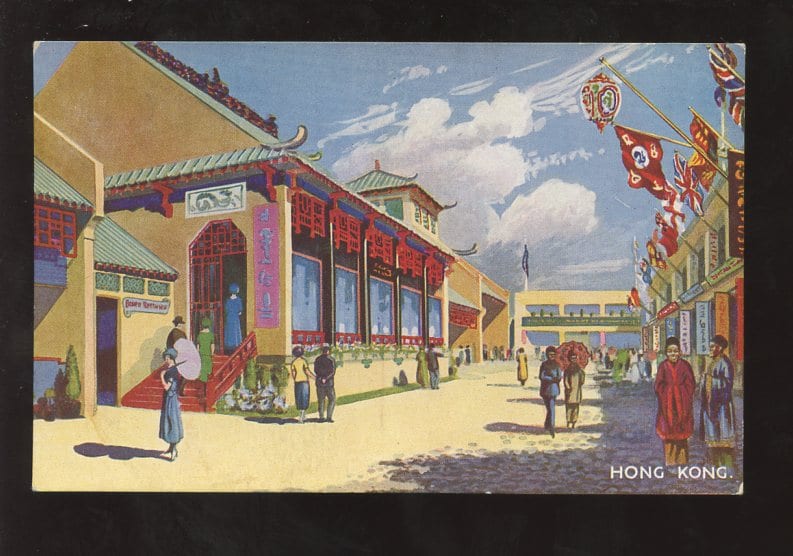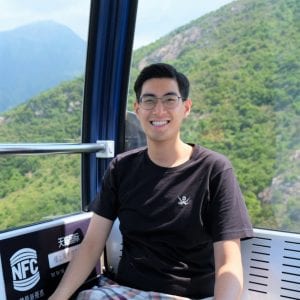RESEARCHING MY HONG KONG FAMILY’S PAST:
A FOURTEEN-YEAR QUEST
PART 2
by an anonymous contributor
With the burden of the family research now in my hands, I decided I would put an enquiry about our family on the Hong Kong Genealogical Forum https://www.genealogy.com/forum/regional/countries/topics/hongkong/
Within 24 hours I had a reply from a totally unknown, distant cousin. It turned out that our respective branches of the family had fallen out with each other in Hong Kong and remained out of contact. This cousin believed that we shared a Chinese great-grandmother – a complete shock to me. He also had a different first name for our joint great-grandfather, than the one I had been told by my father.
My biggest disadvantage was that I had never been to Hong Kong. I decided I must go and walk the streets where our family homes had been. Of course, when it came down to it, all the numbering had changed and our family houses had been replaced by blocks of flats, but I had news of my grandfather’s last house, which had been used as a mess for Japanese officers. In the 1950s the neighbouring British children called it their “Castle” and used to pretend to bomb each other with stones down the chimney. The house survived until about 1960.
I decided to apply in person for a search of my grandmother’s birth and death certificates, for I had no idea of her birth or death dates. I have found that personal applications, or at least collection of the certificates in person, mean that errors can be sorted out on the spot. Online applications for searches for births and deaths via the Hong Kong Government Offices site are advertised, but my own attempts to fill in the form have always failed. A telephone number is required, but a UK number seems to crash the form. It used not to be possible to pay by credit card. I’m not sure if this has changed. Latterly I found it easier to download and print the application forms and send the appropriate bankers draft. A “Particular Search” can be carried out if you know the approximate date of the birth, death or marriage. Officially, a search will be carried out for the period two years either side of the specified date on the form. The current cost for a “Particular Search” is HK$140. A “General Search,” if the date is unknown, costs HK$360. The latter search may take several months. The search result will be returned as either positive or negative, but without any details. If positive, another payment is required for supplying a copy of the relevant certificate. I have three times challenged negative returns. On one occasion, my application giving the first name and surname alone brought a negative result, but when I suggested there might be a second given name, the result was returned positive. On another occasion when I challenged a negative return on a birth registration, the date in the register turned out to differ from the one that I had copied from the gravestone by only a single day. So much for assurances about searching within five years of the specified date!
I have now visited the crowded “Births, Marriages & Deaths” floor of the Immigration Department at Low Block, 66 Queensway in Hong Kong many times. On the first occasion, I applied for “General Searches” for both my grandmother’s birth certificate and death certificate. I was asked to supply a bankers draft for HK$720, but a more senior official finally agreed to accept cash when I couldn’t find a proper bank nearby. There was no record in Hong Kong of my grandmother’s death certificate, but after two months a positive result was returned for her birth certificate, for which I was invited to apply with a bankers draft for HK$140. Another surprise: my great-grandmother’s name was quite a different Chinese name to that of my cousin’s, and not the English one given to me by my father. My great-grandfather had therefore had children by two different Chinese women. From his first union, my grandmother was the only child to have survived. She was then brought up by my great-grandfather’s second Chinese wife, together with four younger step-siblings.
My subsequent search for my grandparents’ marriage certificate resulted negative and so did my cousin’s for our joint great-grandfather’s. There was no legal requirement to register marriages centrally, so records for marriages and baptisms were held at the churches where they took place. Many of these records were destroyed during World War 2. My grandmother would have needed a passport for pre-war evacuation to Australia, however, and a marriage certificate validating her married name would have been necessary. A passport photo of her still exists, so we know that she at least had a passport. Passenger lists also show her travelling between Hong Kong and England via Canada.
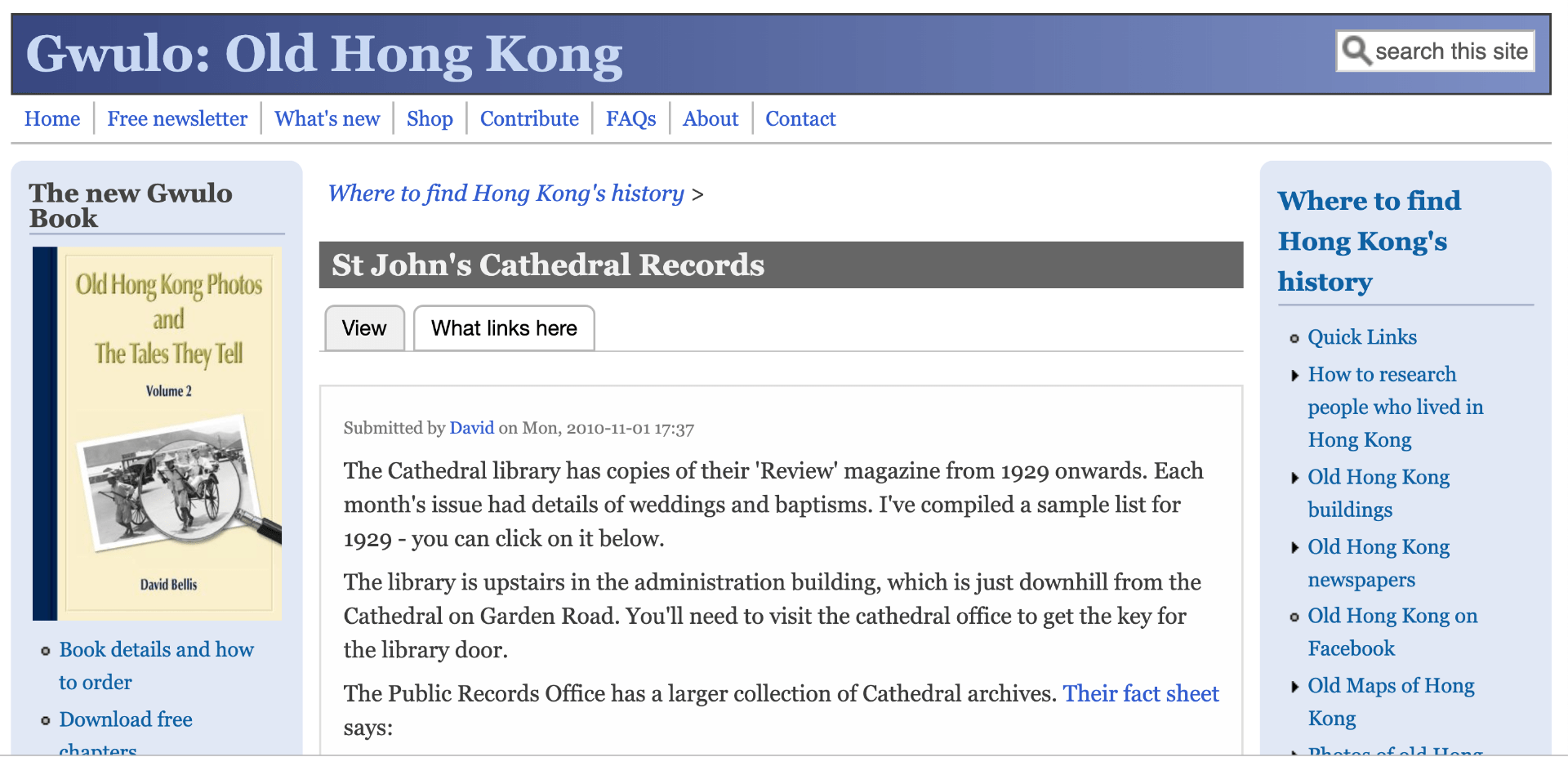
The St John’s Cathedral records of marriages, baptisms and funerals 1897-1937 have been published on gwulo.com although there are some gaps in the years. These were copied by a Gwulo contributor from the St John’s Cathedral Notes, held in the Public Records Office [PRO]. I was granted permission to consult the missing numbers that are relevant to my family but only in person. The PRO staff are not permitted to carry out research for enquirers – only to photocopy the documents applied for in their entirety. I was looking for the baptism and funeral of my grandparents’ first child and for a record of their wedding and had identified five church records covering the three years concerned. The five booklets came to 644 pages for which the PRO quoted me HK$1,352. 40 photocopying charge. Only one page turned out to be relevant to my family. Two of the booklets were duplicates, but with a different class mark. Would it really have been an infringement of the rules to tell me that?
Another mystery has been my grandfather’s conversion to the Catholic faith in the wake of his first child’s death. As with my grandparents’ marriage, I have been unable to find that child’s baptism, which cannot have been in St John’s. There were several less prestigious churches than St John’s that I have approached, but whose records were destroyed in WW2. This search has been one of my failures. The records of the Catholic baptisms of my grandparents’ four subsequent children have been preserved. For Catholic baptisms I have had generous help from the Catholic Church Archivists who kindly consulted the Diocesan records for me and who can be contacted at stjosephs.hk@gmail.com.
The London Missionary Society’s handwritten register of baptisms within the Chinese congregation is held by the library of the Hong Kong Baptist University. Applications can be made to borrow it via the inter-library loan system. A Hong Kong contact generously did this on my behalf and found the entry for the baptism of my grandmother’s Chinese stepmother, described as having five children. The children had probably been baptised as babies, but not in St John’s, whose records are among the very few to have survived World War 2.
